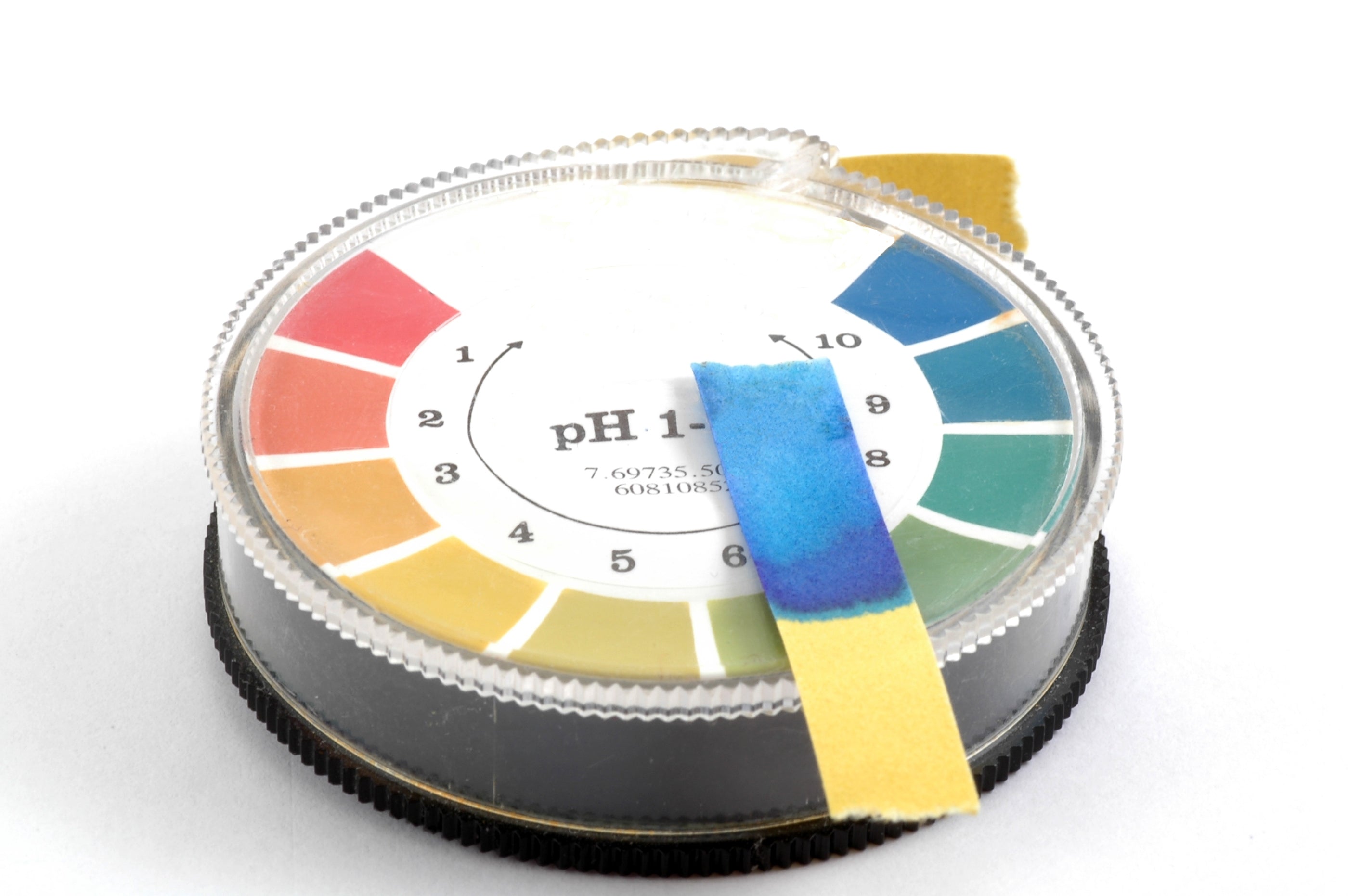Do Hydroponic Plants Need Sunlight?
If They Are Grown Indoors Do Hydroponic Plants Need Sunlight?
As you may well know, hydroponic systems are typically set up indoors, so you might be wondering whether hydroponic plants need sunlight. The short answer to that would be “no”. Hydroponic plants need light, not necessarily sunlight, plus they also need the dark, all of which will be covered in this article. In hydroponics, light is typically provided by grow lights. Hydroponic systems can also be set up in greenhouses, in which case plants would get sunlight. With that said, let’s take a closer look at light requirements for plants in hydroponics and how you can make sure you’re providing your plants with adequate light.
Lighting for Indoor Hydroponic Plants
People often take up hydroponics because they want to grow their own vegetables, fruits, and herbs, but they don’t have outdoor space for a garden. When growing indoors, it’s important to match the natural sunlight requirements for your plants. This can easily be done by using grow lights.
Outdoor gardens require around 8 hours of direct sunlight per day. Artificial lighting provided by grow lights should imitate the direct and indirect lighting requirements for your plants. Different plants have different needs, but typically you would need your plants to have at least 14–16 hours of artificial light, followed by 8–10 hours of darkness. Plants need darkness just as much as they need light, so it’s important to get a timer for your grow lights. It should be heavy duty and grounded, and timers can be either manual or digital.
Different plants have different lighting needs. For instance, short-day plants, such as strawberries, cauliflowers, and chrysanthemums, will not flower if they are exposed to light for more than 12 hours per day. Long-day plants, such as lettuce, potatoes, and spinach, need up to 18 hours of light per day. Day-neutral plants, such as corn and eggplants, are more flexible and they can produce fruit no matter the level of light exposure. It’s best to give them around 14 hours of light per day for optimum growth.
Choosing the right grow lights for your hydroponic garden can be a daunting task, as there are a lot of different options on the market. Some grow lights may be better or more efficient depending on the size of your system and the types of plants you’re growing. The pros and cons of different grow lights will be covered below to help you choose the right grow lights for your hydroponic garden.
The most common types of grow lights are LED, fluorescent, metal halide (MH), and high-pressure sodium (HPS).
LED grow lights are more versatile than other types of grow lights because they can emit different spectrums of light. There are two main types of LED grow lights: narrowband LEDs that can produce a specific colour and full-spectrum or RGB LEDs that can produce virtually any colour of light. If you purchase RGB LED grow lights, this means you can use the same grow light at different growth stages, so you won’t need to switch bulbs during the plants’ growth.
Fluorescent grow lights are typically used for starting seeds and growing lettuce, salad greens, and flowers. Fluorescent grow lights have a few benefits over MH and HPS grow lights. They produce much less heat than MH or HPS grow lights, and they are also considerably more energy efficient.
Metal halide (MH) grow lights are solid all-around lights. They provide the blue/white light spectrum, and they imitate the sunlight during the summer months. They are mainly used for plants that have just finished sprouting and are now entering the growing or vegging stage. They also work well for long-day plants that require more light.
High-pressure sodium (HPS) grow lights give off an orangey-red hue, imitating the warmer colours of fall, and they work best for flowering and fruiting stages of plant growth. Typically, you would use MH lights when your vegetables and fruits are starting to grow, and you would switch to HPS lights when your plants start flowering. While they have a few disadvantages compared to LED grow lights, such as being less energy-efficient, generating more heat, and having a shorter lifespan than LED grow lights, they are still being widely used by many hydroponic growers, mainly because of their affordability. They are significantly cheaper than RGB LED grow lights.
MH and HPS grow lights are a popular choice for many hydroponic growers. They are cheaper than LEDs, but they are less energy-efficient, they generate a lot of heat, plus they lose their effectiveness over time, and their lifespan is shorter, so they need to be replaced more often (usually every year). Even though the initial expense is higher when buying LED grow lights, they can last for years, unlike MH or HPS grow lights, which may only last one season. If you’re just starting out with hydroponics and you’re not sure if it’s something you’d like to do in the long run, you can start off with MH and HPS grow lights. Later on, if you decide that hydroponics suits your lifestyle and that it’s something you’d like to keep on doing, you can switch to LED grow lights.
As for wattage, a rule of thumb is to have 250–500 watts per square metre of grow space. This means a 1000-watt grow light can cover 2–4 square metres.
A 1000-watt MH or HPS grow light kit will cost you around £170–190. LED grow lights are generally more expensive, but they last longer, run cooler, and full-spectrum LED lights can be used at any growth stage, which means you won’t need to change bulbs, unlike with MH/HPS grow lights. A decent LED grow light kit can cost anywhere between £300 and £500 (and even more if you need more powerful grow lights), but in my experience, they are definitely worth it.

Hydroponics in a Greenhouse
Most people think that hydroponics is typically used indoors, and that’s true; however, you can grow plants hydroponically outdoors as well. While it has some advantages compared to growing indoors, such as not needing grow lights, it also introduces certain challenges, such as having less control over growing conditions and being dependent on the weather. With that said, I think many people haven’t heard about hydroponic greenhouses. It combines the benefits of growing indoors and outdoors, and building a greenhouse is not as difficult as it might seem. Just like with hydroponic systems, you can even get greenhouse kits.
Greenhouses serve as a shield between nature and what you are growing, and they allow growing seasons to be extended as well as possibly improved. They also provide shelter from excess cold or heat as well as pests.
Greenhouses work by converting light energy into heat. Since they have glass or plastic sheeting, it allows the light rays from the sun to enter the greenhouse, where it heats up everything inside the greenhouse. The walls of a greenhouse help keep the heat in. Greenhouses can get too hot sometimes, so you’ll need to have vents and fans to prevent the plants inside of your greenhouse from overheating.
The main benefit of having a greenhouse is the growing environment inside the greenhouse can be controlled, which is perfect for a hydroponic garden. You can control the light that comes in, the temperature, and the moisture in the air. Greenhouses don’t have many disadvantages apart from the fact that they can be quite expensive to build.
If you’d like to build a hydroponic greenhouse, there are a few things to consider:
- A greenhouse should receive direct sunlight most of the day through all 4 seasons. If you don’t have a sunny spot in a place where you plan to build your greenhouse, it is most likely not even worth it. You will have to provide artificial lighting with grow lights, which mostly defeats the purpose of having a greenhouse.
- Just like a grow room, a greenhouse needs a proper ventilation system. Vents and exhaust fans are a crucial element in any greenhouse plan.
- Your greenhouse has to be built close to your house so that you can easily hook it up to power and running water. If you live in an urban area, you may be able to put a greenhouse on your rooftop or patio and be the envy of your neighbors, but it’s always best to check with the local authorities before you buy any parts or a kit.
You have two options when building a greenhouse—you can either buy a kit or build one yourself. Building a greenhouse yourself allows you to customise it completely according to your needs and will probably be cheaper than buying a kit. You can find a lot of greenhouse plants online, and you can even customise them to make a greenhouse that’s perfect for you. A kit is more convenient and easier to assemble, but they can get quite expensive, and customisation options will be limited. Regardless of whatever option you choose to go for, building a hydroponic greenhouse has a lot of benefits and is definitely worth it if you can afford it.
For more great content check out the Proponics YouTube channel below!

By Max Barnes
Max Barnes is a long-time homesteader and author. Max grows the majority of his own food year-round using a variety of different methods, including hydroponics. Hydroponic gardening plays a huge part in his homestead and self-sufficiency goals.




